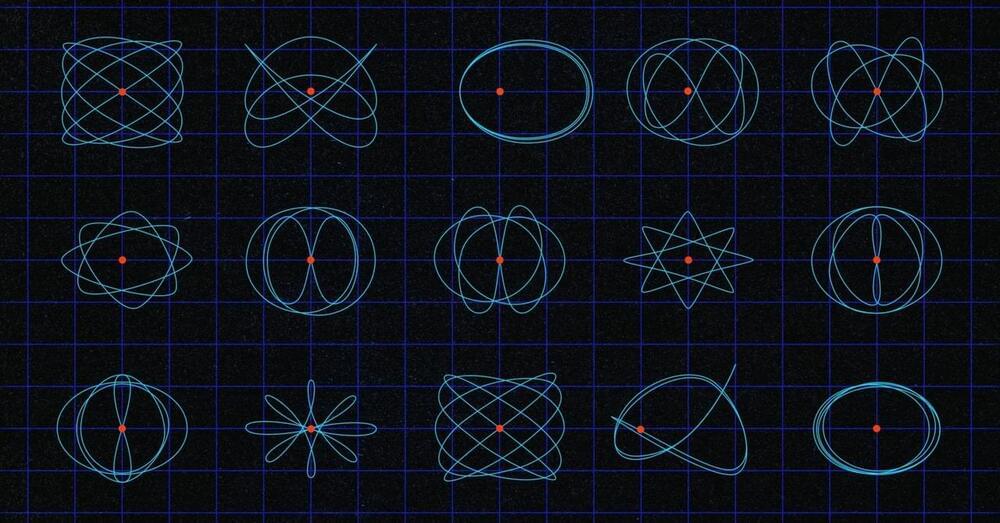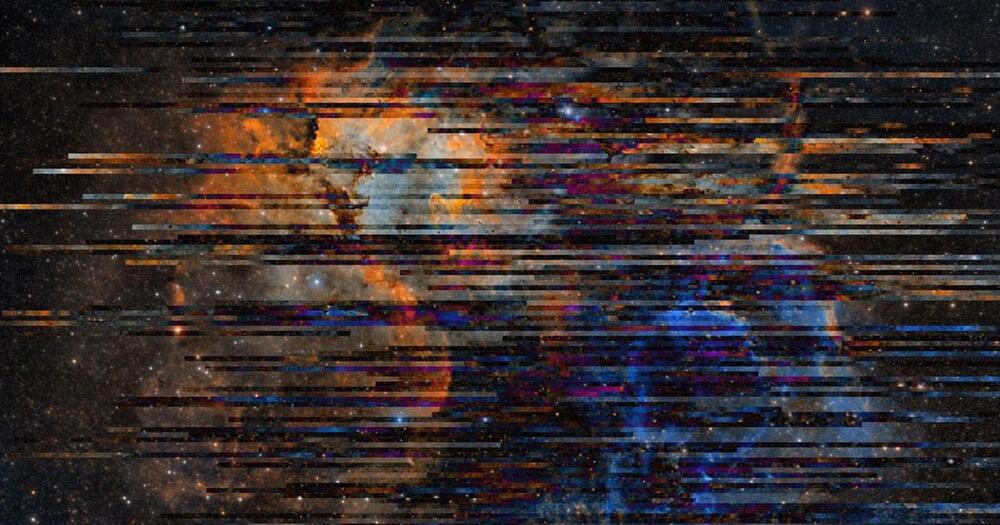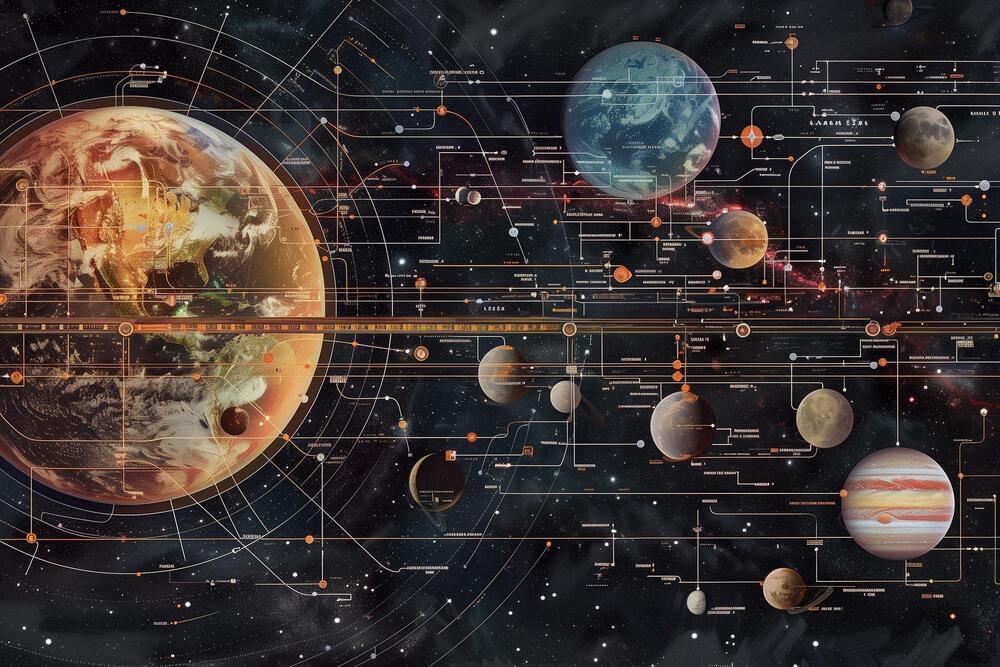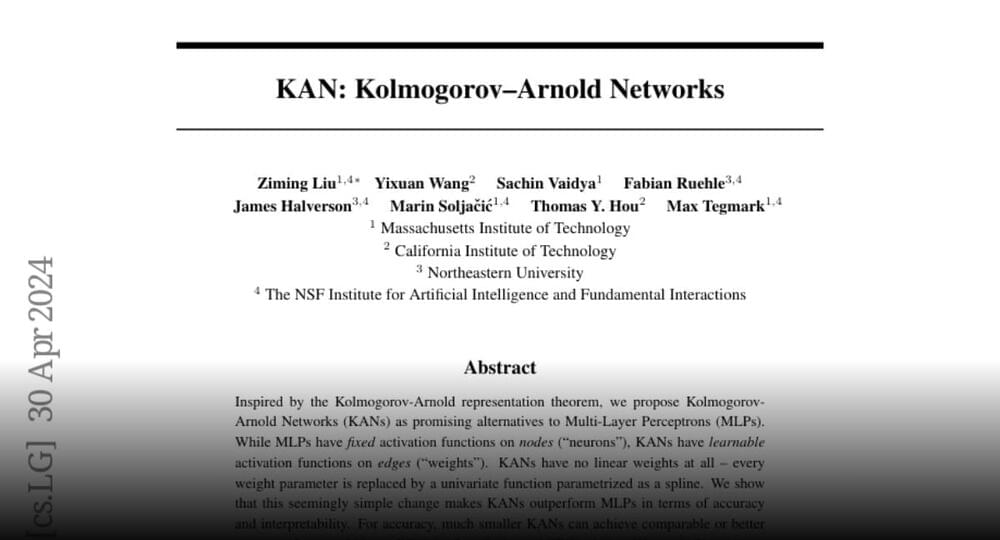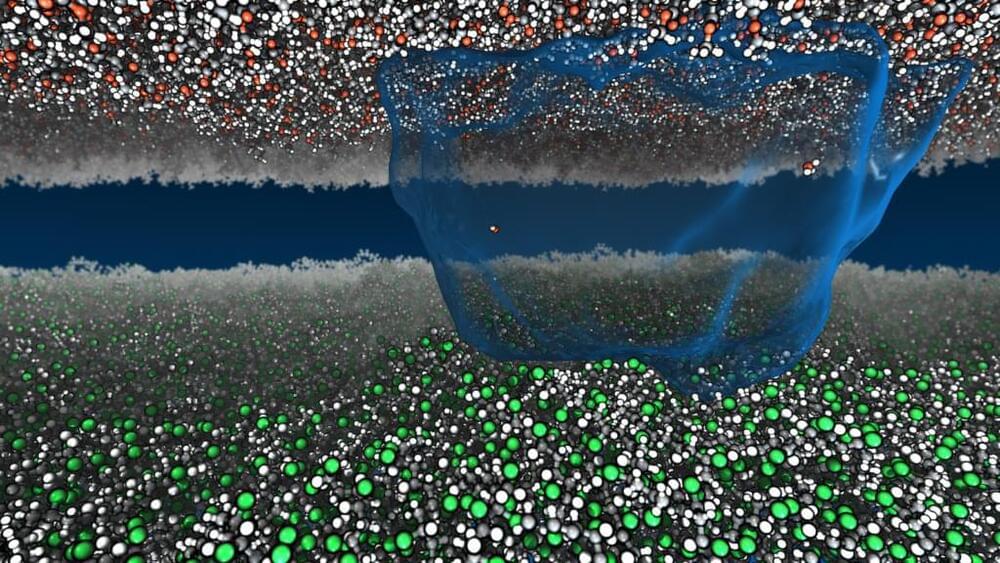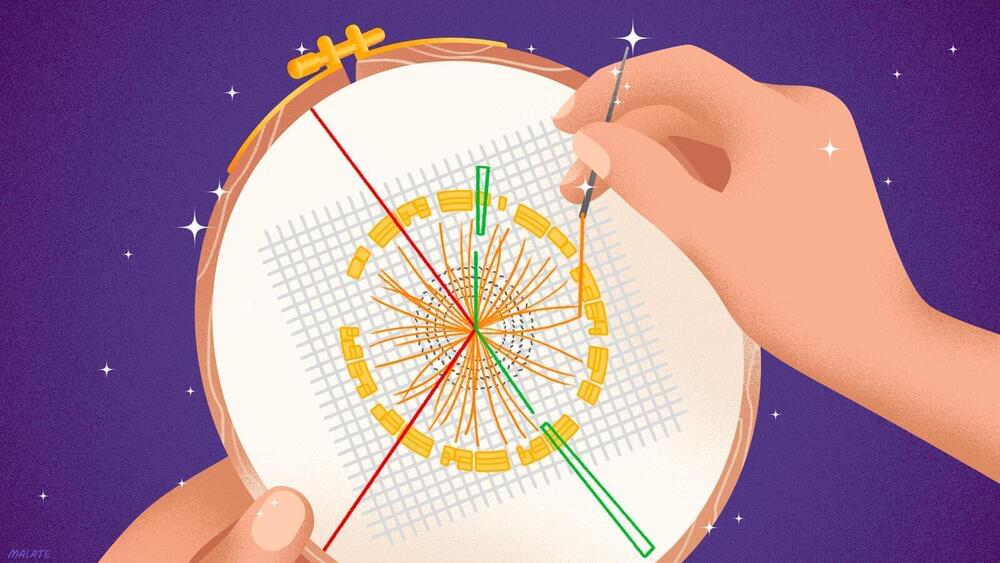Often perceived as abstract and challenging, physics covers fundamental aspects of the universe, from the tiny world of quantum mechanics to the vast cosmos of general relativity. However, it often comes with intricate mathematical formulations that intimidate many learners. Visual Intuitive Physics is an emerging field that seeks to transform this complexity into accessible visual experiences, making physics more tangible and relatable. By employing visual aids and intuitive methodologies, this approach enhances the understanding of physical principles for students, researchers, and enthusiasts.
Understanding complex physics concepts often requires intuitive visualization that transcends verbal and mathematical explanations. Visualization in physics involves using graphs, diagrams, simulations, and other visual tools to provide a tangible understanding of abstract concepts. For instance, Marr and Bruce emphasized that visual tools significantly enhance conceptual understanding in students by providing concrete ways to comprehend physical laws.
Visualization helps bridge the gap between theoretical concepts and practical understanding. Per Kozma and Russell, visualization is pivotal in building cognitive structures that make understanding and remembering scientific principles easier. This is particularly significant for concepts that lack direct physical analogs, such as quantum mechanics and relativity.

